Structure of the Larynx
The larynx is located in the neck, anterior to the esophagus and posterior to the trachea. It is composed of several key components:- Epiglottis: a leaf-shaped structure that prevents food and drink from entering the trachea during swallowing
- Vocal cords: two pairs of folds within the larynx that vibrate to produce sound during speech
- Thyroid cartilage: the largest cartilage of the larynx, also known as the Adam's apple
- Cricoid cartilage: a ring-shaped cartilage that forms the lower part of the larynx
- Arytenoid cartilages: paired cartilages that play a crucial role in vocal cord movement and tension
Functions of the Larynx
The larynx serves several important functions in the human body:- Speech production: The movement of air through the larynx causes the vocal cords to vibrate, producing sound that can be modulated to form speech.
- Breathing: The larynx contains the glottis, which opens to allow air to pass through the trachea and into the lungs.
- Protecting the lower respiratory tract: The epiglottis closes over the larynx during swallowing, preventing food and liquids from entering the trachea and causing choking.
Common Laryngeal Disorders
Several disorders can affect the larynx, resulting in difficulties with speech, breathing, and swallowing. Some common laryngeal disorders include:- Laryngitis: Inflammation of the larynx, often due to viral or bacterial infections
- Vocal cord nodules: Noncancerous growths on the vocal cords, often caused by vocal strain or misuse
- Laryngeal cancer: Cancerous growths in the larynx, often associated with smoking and excessive alcohol consumption
Study Tips
When studying the larynx, it's important to familiarize yourself with its anatomy, functions, and common disorders. Here are some tips to help you master this topic:- Use labeled diagrams to memorize the structures of the larynx and their respective functions.
- Practice identifying the different cartilages and vocal cord structures in the larynx.
- Understand the role of the larynx in speech production and breathing, and how it coordinates with other components of the respiratory system.
- Review common laryngeal disorders and their potential causes and treatments.
◂Biology Worksheets and Study Guides High School. Invertebrates
Worksheet/Answer key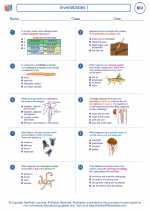 Invertebrates I
Invertebrates I  Worksheet/Answer key
Worksheet/Answer key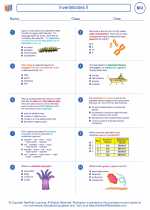 Invertebrates II
Invertebrates II  Worksheet/Answer key
Worksheet/Answer key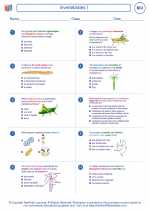 Invertebrates I
Invertebrates I  Worksheet/Answer key
Worksheet/Answer key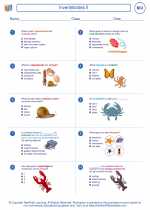 Invertebrates II
Invertebrates II  Worksheet/Answer key
Worksheet/Answer key Invertebrates I
Invertebrates I  Worksheet/Answer key
Worksheet/Answer key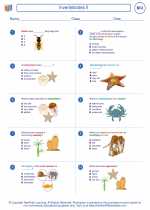 Invertebrates II
Invertebrates II  Vocabulary/Answer key
Vocabulary/Answer key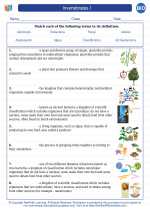 Invertebrates I
Invertebrates I  Vocabulary/Answer key
Vocabulary/Answer key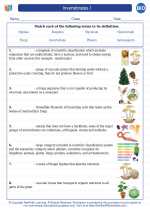 Invertebrates I
Invertebrates I  Vocabulary/Answer key
Vocabulary/Answer key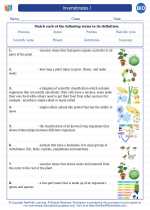 Invertebrates I
Invertebrates I 

 Worksheet/Answer key
Worksheet/Answer key
 Worksheet/Answer key
Worksheet/Answer key
 Worksheet/Answer key
Worksheet/Answer key
 Worksheet/Answer key
Worksheet/Answer key
 Worksheet/Answer key
Worksheet/Answer key
 Vocabulary/Answer key
Vocabulary/Answer key
 Vocabulary/Answer key
Vocabulary/Answer key
 Vocabulary/Answer key
Vocabulary/Answer key

The resources above cover the following skills:
Concepts of Life Science (SC1, SC2, SC3)
The student demonstrates an understanding of the structure, function, behavior, development, life cycles, and diversity of living organisms by describing the structure-function relationship